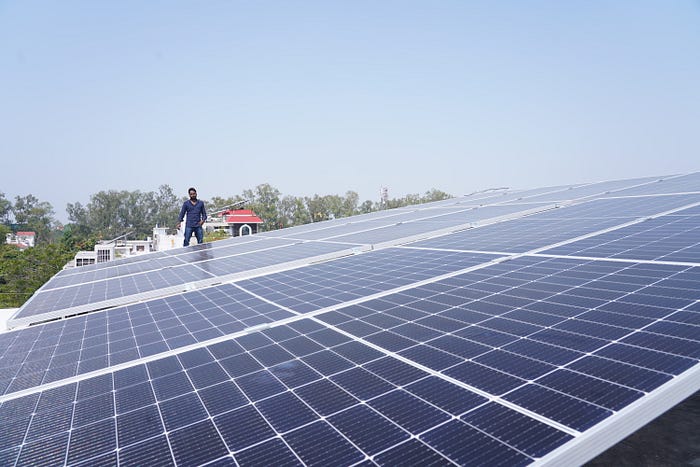
The solar industry is increasing day by day. The demand for solar systems is also rising rapidly. There are many new technologies coming your way. These technological advances reduce your day-to-day tasks. Every day, new technology is introduced. We will be talking about the Topcon Technology used in solar panels in this article.
What is Topcon Technology?
Topcon is the cells that are the main element in this technology. This belongs to the N-type cells and P-type cells. These cells are made up of silicon wafers. Silicon wafers are the chemicals that improve electricity production. It is the most rising technology that is expanding rapidly. The difference between the N-type cells and the P-type cells is from the material that is used to dope it. These cells were manufactured from 2013 to 2019. While manufacturing these cells are covered by tunnel oxide and polysilicon layers. It helps in handling the higher voltage that increases the power production.
What are the advantages of Topcon Technology?
Topcon technology has grown rapidly in the last few years. As it has some potential advantages over its traditional design. Here are some advantages of Topcon technology.
- It is high efficiency.
- Better performance.
- It reduces degradation.
- It is a low temperature coefficient.
- The design of the cell is flexible.
- It has a low-light performance.
What is the difference between PERC and Topcon technology?
The PERC cells are advanced solar cells that are designed to improve the efficiency of solar panels. It is the most popular solar cell technology. The Perc is an addition of the passivation layer on the rear surface. Their purpose is to reduce the recombination of loosened charge carriers.
Topcon has N-type and P-type silicon wafers. The N-type silicon is then in contact with the metal at the end of the topcon solar panel. Theoretically, Topcon cells can reach up to 27.5% and PERC cells can reach up to 24.5%. The N-type cells have the tunneling oxide that is applied over it, which is then contacted with the metal at the end.


